1. Growing Too Many Tomatoes
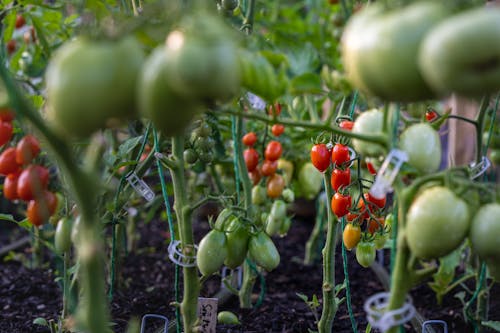
Tomatoes are a classic garden favorite, but they can easily turn into a money pit. Gardeners often underestimate how many fruits a single plant produces, leading to baskets of extra tomatoes that go uneaten. The reality is that without preserving or freezing, most of them spoil before they can be enjoyed. That waste adds up, especially if you spent on trellises, cages, and premium seedlings.
Another hidden cost comes from the space tomatoes demand in your garden beds. They crowd out other crops that could have added variety to your meals. And because tomatoes are prone to pests like hornworms and diseases like blight, many gardeners spend extra on sprays and treatments. The result is often more stress and expense than savings.
2. Investing in Fancy Raised Beds
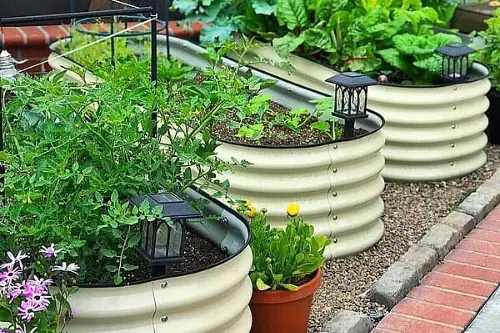
Raised beds look beautiful, but the materials aren’t cheap. Many DIY kits cost hundreds of dollars, and filling them with quality soil can be even pricier. While they do make gardening more accessible, the investment is rarely recouped in grocery bill savings. A simple ground-level plot can yield just as much food at a fraction of the cost.
The allure of raised beds is strong because they look “Instagram-ready.” But once the initial excitement wears off, many people realize they’ve sunk big money into aesthetics rather than practicality. Wood also breaks down over time, meaning you’ll eventually pay for replacements. Unless you’re dealing with poor soil or mobility issues, raised beds often don’t justify the expense.
3. Overdoing Exotic Seed Varieties
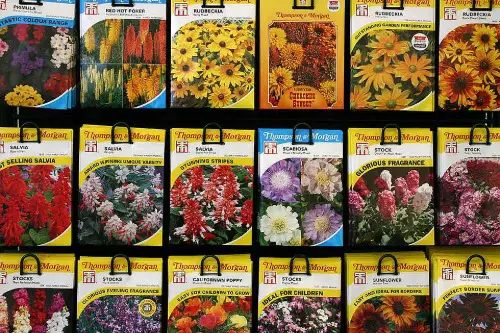
Seed catalogs make unusual crops like purple carrots or striped cucumbers seem irresistible. But these specialty seeds often cost several times more than common varieties. While fun to grow, they don’t necessarily produce more food or better taste. For many gardeners, the novelty fades fast, leaving unused packets behind.
Another drawback is that these exotic plants can be finicky. They might need more care, specific soil conditions, or extra protection from pests. That means more time, more water, and more supplies. In the end, you’ve spent more for less yield than a reliable classic like green beans or lettuce.
4. Buying Garden Gadgets You Rarely Use
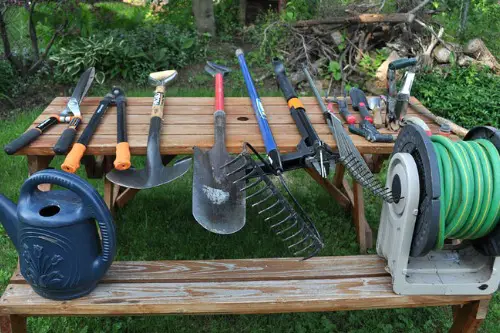
Garden centers are packed with tools that promise to make your harvest bigger or your work easier. Think soil moisture meters, digital thermometers, or fancy weeding tools. While a few are genuinely useful, many end up gathering dust in the shed. The truth is that gardening success comes more from consistency than gadgets.
Those extra tools often duplicate what you can already do by hand. You don’t need a $30 soil tester when you can watch your plants’ leaves for signs of stress. Even something as basic as a trowel can cover multiple tasks. Buying unnecessary gear chips away at your budget without improving your garden.
5. Planting More Herbs Than You Use
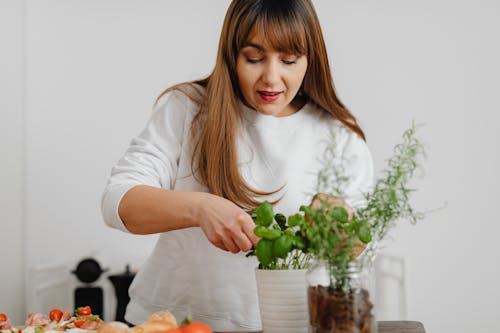
Fresh herbs feel like a money-saver, but many people plant way too many. Basil, mint, and parsley grow quickly and produce more than a household typically consumes. Once the plants bolt or overgrow, much of it ends up in the compost. That’s essentially throwing away the cost of seeds, soil, and pots.
Mint is a particularly sneaky culprit because it spreads aggressively. Unless you constantly harvest, it will take over garden beds and crowd out other plants. Even popular herbs like rosemary and thyme can outlast their usefulness in home cooking. Smaller, carefully chosen quantities usually save more money than ambitious herb gardens.
6. Spending Big on Organic Fertilizers
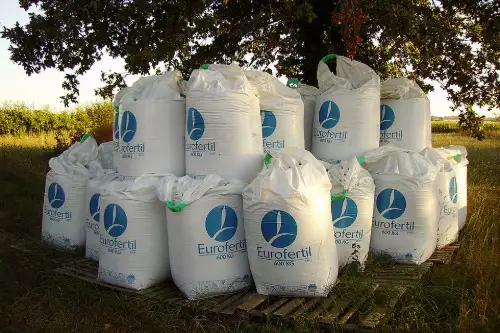
Many gardeners are drawn to pricey organic fertilizers, thinking they’ll guarantee lush harvests. But vegetables often grow just fine with compost or inexpensive soil amendments. Spending $15 to $20 per bag adds up fast if you’re feeding multiple beds. Over time, that cost outweighs the value of the produce you harvest.
Homemade compost or even simple manure can provide similar benefits. Yet the slick packaging and promises on fertilizer bags convince many gardeners otherwise. Often, the difference in results is negligible, especially for easy-to-grow crops. It’s a case where marketing drives purchases more than actual necessity.
7. Starting Seeds Indoors With Fancy Gear
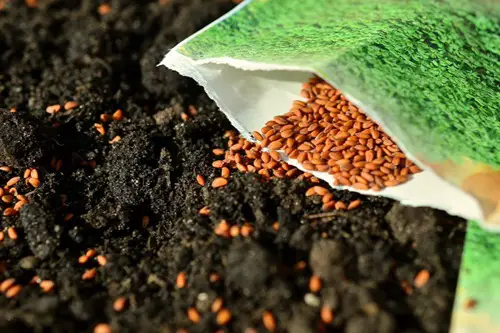
Seed starting can be rewarding, but the equipment is where budgets go off track. Grow lights, heating mats, and elaborate trays all seem essential when you first get into it. The problem is, those supplies can cost more than simply buying a few starter plants at the nursery. Unless you’re running a large garden, the return isn’t there.
Even when you do start seeds successfully, not all of them survive transplanting. That means more wasted seeds, soil, and time. For beginners especially, the process can be discouraging and costly. A couple of sturdy tomato starts from the store may be the smarter move.
8. Growing Crops That Take Too Long
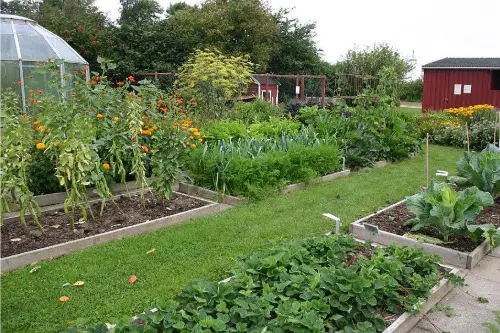
Some crops, like asparagus or fruit trees, take years before they produce. While rewarding eventually, they require years of care and resources before you see results. During that time, you’re investing in soil amendments, pest control, and watering with no immediate payoff. Many gardeners give up before the harvest ever arrives.
Even annuals like corn can be inefficient in small gardens. Corn takes a lot of space and nutrients but yields relatively little compared to its supermarket price. It’s often cheaper to buy corn at the store than to nurture it at home. Choosing faster, high-yield crops is usually the more practical route.
9. Overwatering With Automated Systems
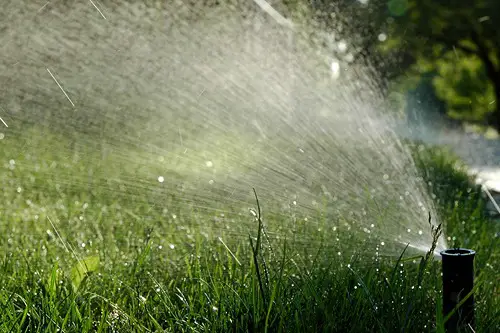
Drip irrigation and sprinkler systems sound like time-savers, but they often use more water than hand-watering. That shows up on utility bills, especially during hot summers. Worse, too much water can cause root rot or invite pests like slugs. The system ends up working against you instead of for you.
Hand-watering takes more time, but it helps you notice problems early. You’ll see wilting, pests, or soil issues as you tend your plants. Plus, you use only as much water as needed, which saves money in the long run. Automation is tempting, but it’s often overkill for small home gardens.
10. Chasing Pest Solutions That Don’t Work
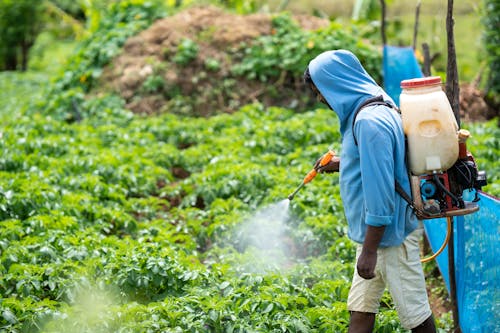
Pests are frustrating, and many gardeners rush to buy sprays, traps, or powders at the first sign of damage. But not every product is effective for every problem. In fact, many infestations resolve naturally with time or simple interventions like handpicking bugs. Spending on multiple products rarely fixes the issue faster.
The bigger risk is that you may harm beneficial insects in the process. Pollinators and predatory insects often keep pests in check for free. Using chemicals or even pricey “organic” sprays can upset that balance. Sometimes patience and prevention are more valuable than money spent on treatments.
11. Letting Produce Go to Waste in the Kitchen
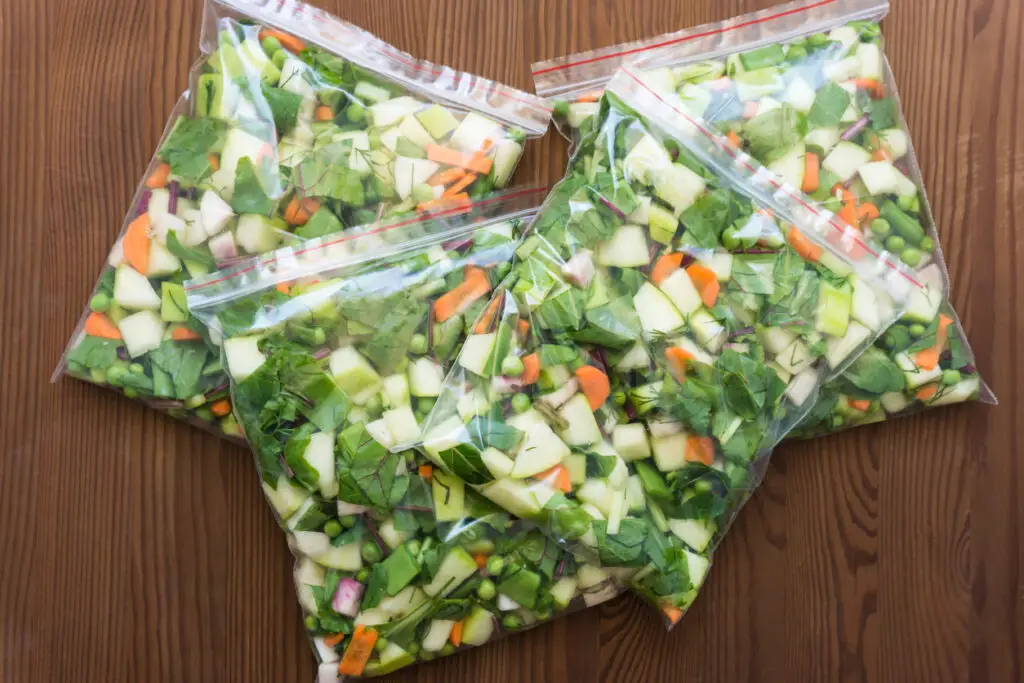
Even if your garden thrives, the waste often shifts indoors. Many gardeners harvest more than their household can cook or preserve. Without a plan, that fresh produce spoils in the fridge or on the counter. It’s disappointing to see the literal fruits of your labor go to waste.
The hidden cost is in all the effort that led there—seeds, water, soil, and time. When uneaten veggies get tossed, the garden doesn’t feel like a money-saver at all. Canning, freezing, or sharing with neighbors can help, but it requires extra work. Otherwise, your harvest becomes a source of guilt and wasted dollars.
12. Believing Gardening Always Saves Money
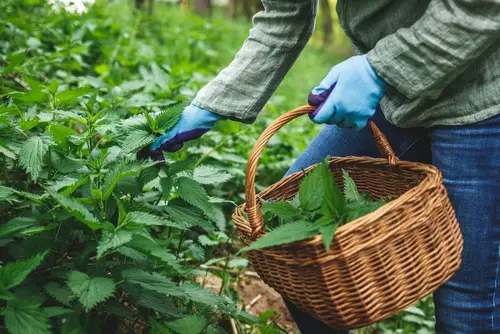
One of the biggest misconceptions is that gardening is automatically a budget-friendly hobby. The reality is that upfront costs often outweigh the value of the food you grow, especially in the first few years. Between soil, tools, fertilizers, and failed crops, the expenses add up quickly. That’s why many people are surprised to find they didn’t actually save anything.
Of course, gardening offers other benefits like stress relief and fresher flavors. But if your main goal is saving money, it requires careful planning. Choosing high-yield, easy crops and keeping costs in check makes a huge difference. Otherwise, gardening quietly drains your wallet while giving the illusion of thriftiness.
This post 12 Garden-to-Table Trends That Quietly Waste Money was first published on Greenhouse Black.
